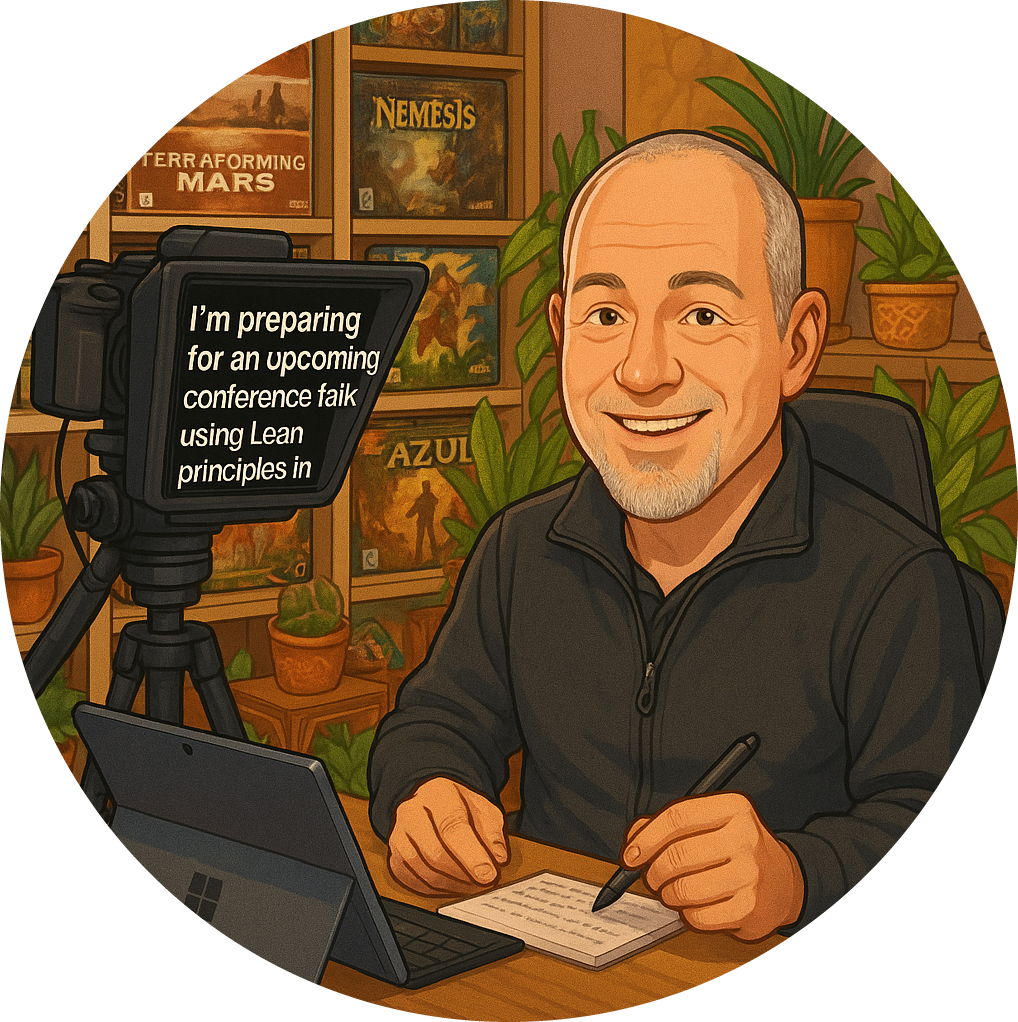Understanding is one of those elusive concepts that we often take for granted in our day-to-day interactions, especially in the realm of product ownership. As I’ve navigated through various teams and projects, one thing has become abundantly clear: you can’t measure understanding. It’s not as straightforward as drawing a line in the sand and declaring, “At this point, everyone gets it.” Instead, understanding is nebulous, fuzzy, and deeply personal.
The Art of Reading the Room
As a product owner , one of the most critical skills you can develop is the ability to read the room. This means being attuned to the dynamics of your team and recognising when understanding is lacking. Here are some strategies that have worked for me:
- Observe Body Language: Are team members engaged, or do they seem distracted? Non-verbal cues can often reveal more than words.
- Ask Open-Ended Questions: Instead of yes/no questions, encourage dialogue. This can help surface areas of confusion that might not be immediately apparent.
- Encourage a Safe Space: Create an environment where team members feel comfortable admitting when they don’t understand something. This is crucial for fostering genuine communication.
The Language of Understanding
Another aspect of enabling understanding is knowing the right language to use. Technical jargon can often alienate those who may not be as familiar with the subject matter. Here’s how I approach this:
- Tailor Your Communication: Adjust your language based on your audience. For instance, when speaking with developers, I might use more technical terms, but when addressing stakeholders, I focus on the business impact.
- Use Analogies and Examples: Sometimes, a well-placed analogy can bridge the gap between complex concepts and everyday understanding. I often draw parallels to familiar scenarios to make my point clearer.
Acknowledging the Unspoken
It’s also essential to recognise that sometimes, people may not want to admit their lack of understanding. This can stem from fear of judgement or a desire to appear competent. As a product owner, it’s your responsibility to gently probe these areas. Here’s what I recommend:
- Foster Curiosity: Encourage team members to ask questions, no matter how basic they may seem. Remind them that every question is valid and contributes to the collective understanding.
- Check-In Regularly: Make it a habit to check in with your team about their understanding of the project. This can be done through informal chats or structured retrospectives.
Conclusion
In conclusion, understanding is not a destination but a journey. As product owners, we must embrace the complexity of this journey and equip ourselves with the tools to navigate it effectively. By honing our ability to read the room, tailoring our communication, and fostering an environment of openness, we can bridge the gaps in understanding and drive our projects to success.
Remember, it’s not just about delivering a product; it’s about ensuring that everyone involved is on the same page. After all, a shared understanding is the foundation of any successful team.




























